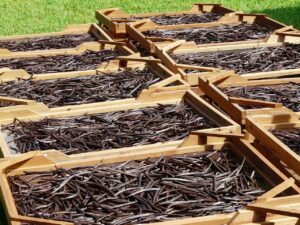The culinary world is a vast tapestry of flavors waiting to be explored. From the far reaches of the globe, unique ingredients and traditional recipes offer an endless array of tastes and experiences. In this blog post, we delve into the treasure trove of forgotten ingredients and introduce you to global tastes that will transform your cooking into a culinary adventure.
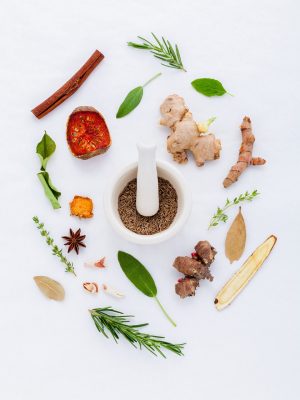 Pin
Pin Table of Contents
“Forgotten ingredients” and flavors often refer to those that were once popular or widespread but have lost prominence over time, often overshadowed by modern culinary trends.
Narrowing the Broad Spectrum
Amidst millions of species of plants and animals, only a tiny fraction have been regularly used in modern-day cuisines. However, many once-popular ingredients have fallen out of favor, overshadowed by the food industry’s giants. Now, food explorers and chefs are championing the return of these lost flavors.
Global Ingredients Revival
1. Heirloom Vegetables: From the lumpy and colorful cacophony of heirloom tomatoes to the earthy richness of ancient grains, these ingredients bring depth and history to our plates.
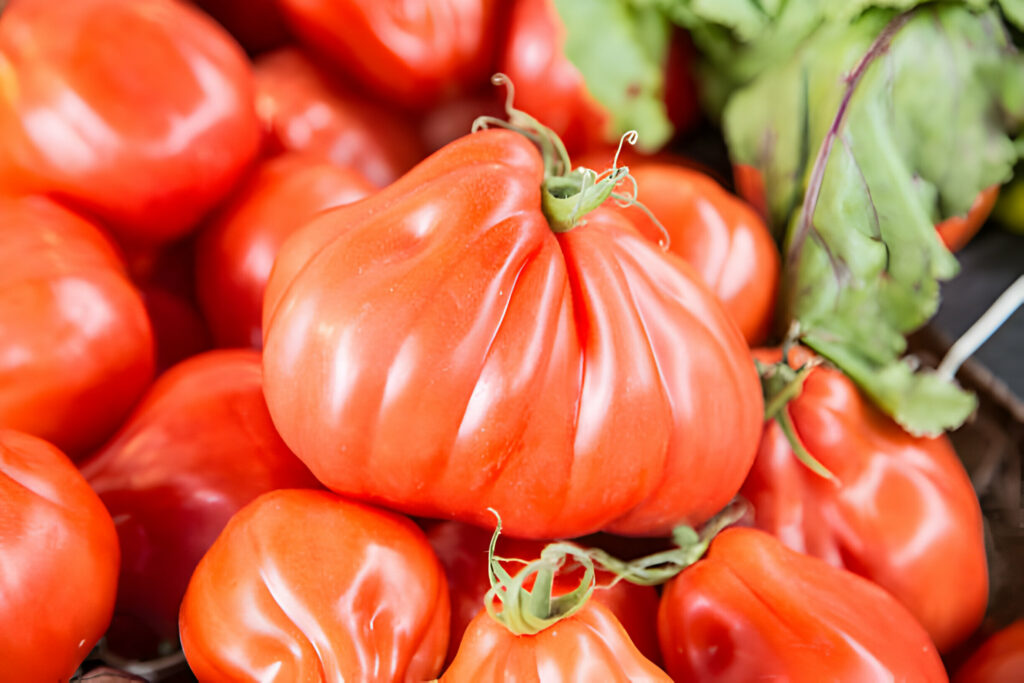 Pin
Pin 2. Forgotten Fruits: Rediscover the likes of pawpaw in North America, the horned melon in Africa, and the rambutan in Southeast Asia; fruits that offer a novel twist to traditional desserts and savory dishes.
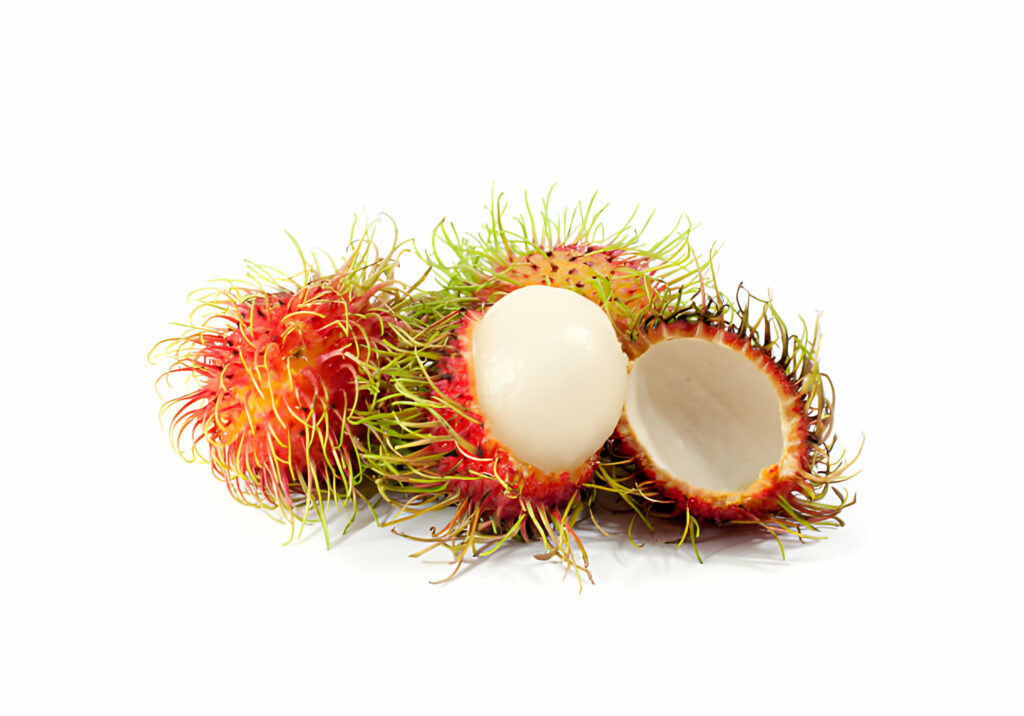 Pin
Pin 3. Uncommon Herbs and Spices: Explore the world through your palate with the likes of sumac from the Middle East, grains of paradise from West Africa, and asafoetida from India, each adding a distinct and irreplaceable piquancy to your meals.
 Pin
Pin Traditional Techniques
Revisiting traditional cooking methods can also unearth a spectrum of taste opportunities. Fermentation, sun-drying, smoking, and stone grinding are a few techniques that can amplify the flavors of ingredients both new and old.
Sustainable and Ethical Choices
Forgotten ingredients often hail from small-scale productions and biodiverse farming practices. By choosing these over industrial alternatives, you support sustainable agriculture and ethical food consumption.
Taste the Diversity
Global flavors not only elevate our home cooking but also challenge our palates. Sampling dishes from different cultures is akin to a sensory trip around the world. Try incorporating Japanese umeboshi (pickled plums) or Peruvian lucuma (a sweet fruit) into your recipes for a start.
Ingredients and global tastes that are making a comeback or still waiting to be rediscovered by the mainstream
1. Teff – An ancient grain from Ethiopia, teff is high in fiber, protein, and calcium. It’s used to make injera, a sourdough-risen flatbread with a slightly spongy texture.
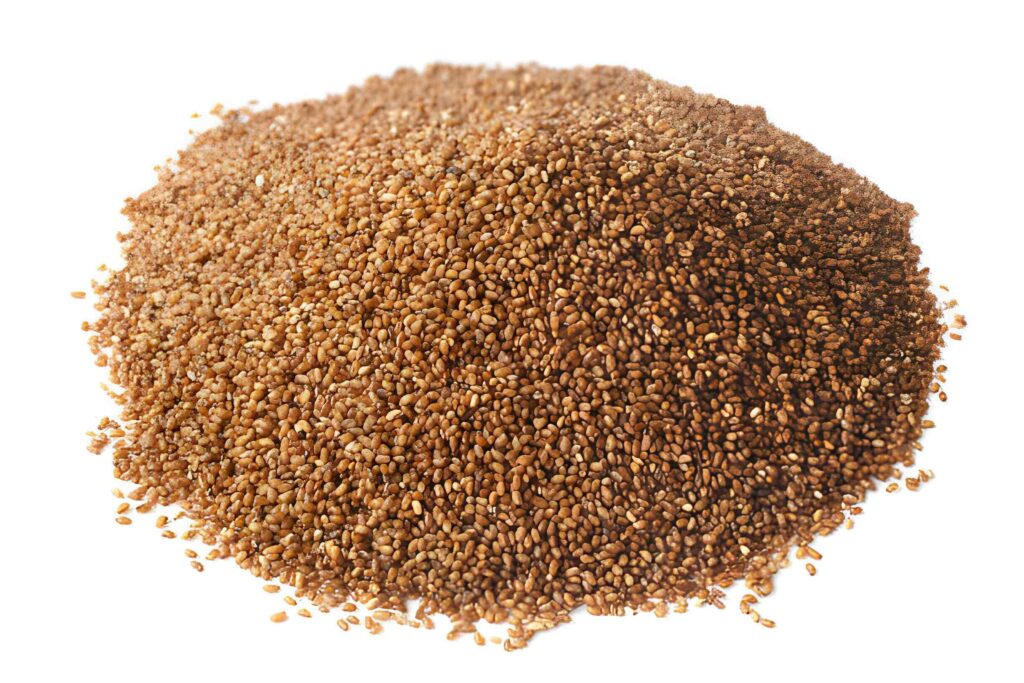 Pin
Pin 2. Mahlab – A spice made from the seeds of a species of cherry, the St Lucie cherry. It is used in Middle Eastern and Mediterranean cuisines, especially in baked goods, imparting a nutty and somewhat cherry-like flavor.
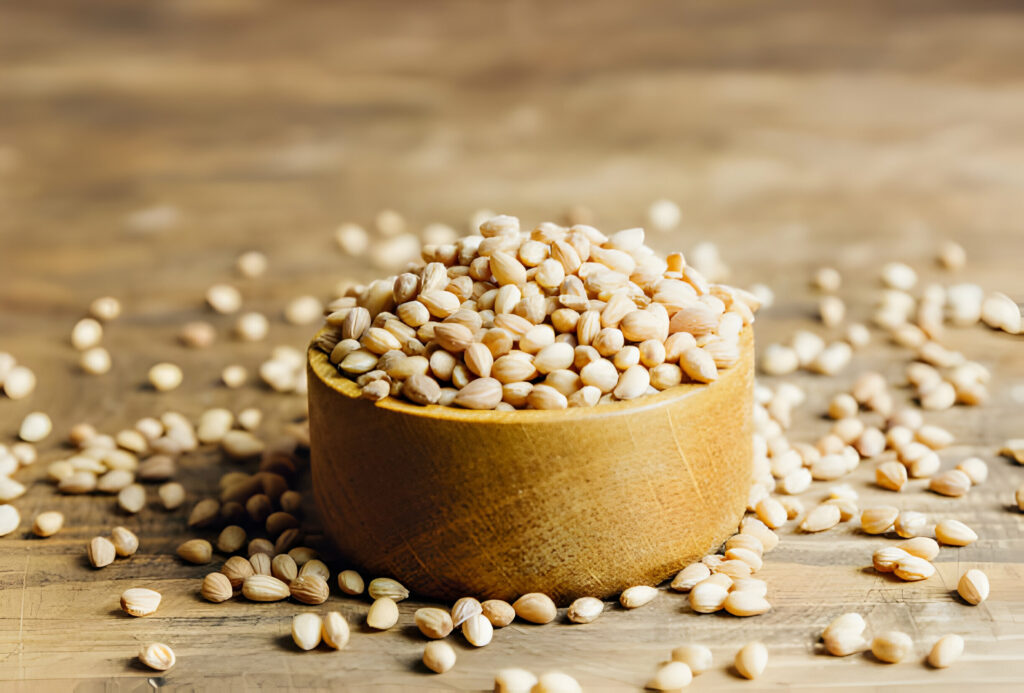 Pin
Pin 3. Dulse – A type of red seaweed found in the North Atlantic and Northwest Pacific. It has been a staple in places like Ireland and Iceland and can be eaten raw, cooked, or as a seasoning, bringing a complex umami flavor to dishes.
 Pin
Pin 4. Amchoor – A fruity spice powder made from dried unripe green mangoes, used primarily in Indian cooking for its sour tanginess, similar to that of tamarind or lemon juice.
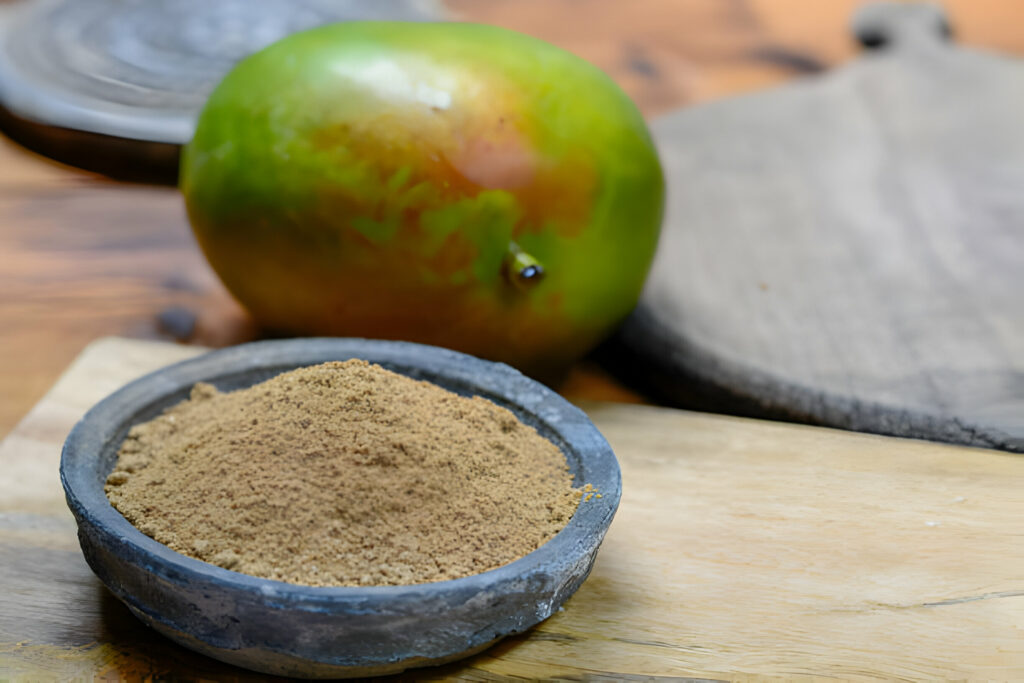 Pin
Pin 5. Lovage – An herb that tastes like celery but with stronger flavor notes. It was once a staple of European cuisines and is slowly being reintroduced by chefs looking for bold, complex flavors in soups and stews.
 Pin
Pin 6. Sorrel – A tangy, slightly sour herb commonly used in French and Eastern European cooking. Its lemony flavor is an excellent addition to salads, soups, and sauces.
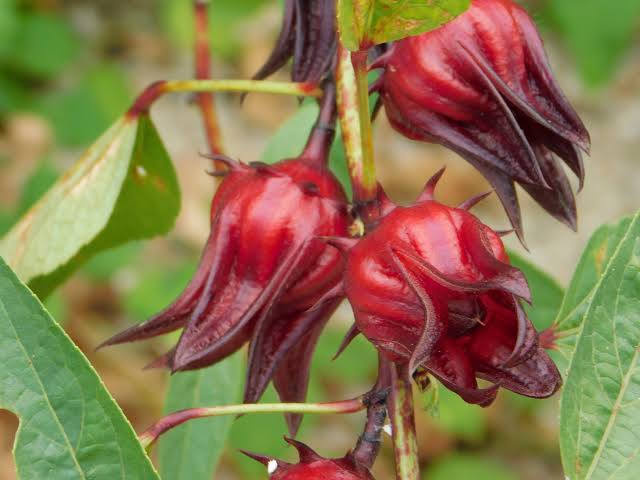 Pin
Pin 7. Black Garlic – Whole garlic bulbs that are fermented under high heat, resulting in a sweet and syrupy taste with hints of balsamic or tamarind. It’s gaining popularity in Western cuisines for its unique flavor.
 Pin
Pin 8. Ramps (Wild Leeks) – Part of the onion family, ramps have a garlicky aroma and a pronounced onion flavor. They are foraged in the spring in North America and have become trendy in seasonal cooking.
 Pin
Pin 9. Sumac – A tangy, lemony spice often used in Middle Eastern cuisine. It’s made from dried berries of the sumac shrub and can perk up salads, grilled meats, and rice dishes.
 Pin
Pin 10. Kashk – A fermented dairy product found in Middle Eastern and Central Asian cuisines. It has a tart, sour flavor and is used in soups, stews, and dips.
 Pin
Pin 11. Molasses: Often bypassed for refined sugars, molasses is a rich, dark syrup with a robust, bittersweet flavor. It’s a byproduct of sugar production and adds depth to baked goods, marinades, and sauces.
 Pin
Pin 12. Tamarind: Found in many South Asian and Latin American recipes, tamarind is tangy and slightly sweet. It’s typically used in sauces, drinks, and sour soups but hasn’t gained much popularity in Western kitchens.
 Pin
Pin 13. Lavender: Most often associated with soaps and scented products, culinary lavender can impart a sweet, floral flavor to desserts and some savory dishes, yet it’s rarely used in everyday cooking.
 Pin
Pin 14. Grains of Paradise: A spice native to West Africa, it offers a pungent flavor that’s a mix between pepper, cardamom, and coriander. Ideal for seasoning meats and stews, it is not widely found outside African cuisines.
 Pin
Pin 15. Burdock Root: Common in Japanese cuisine, also known as gobo, this root vegetable has an earthy and sweet taste. It can be eaten raw, stir-fried, or pickled, but remains largely unfamiliar in Western diets.
 Pin
Pin 16. Kefir Lime Leaves – While popular in Thai cuisine, they’re less common elsewhere and add a distinctive citrus flavor.
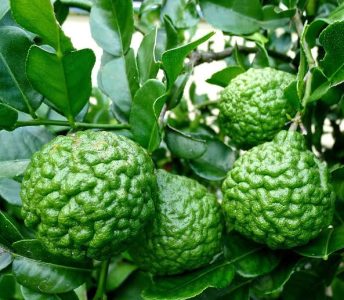 Pin
Pin 17. Salsify – A root vegetable that’s often forgotten in favor of more common choices, with a taste resembling artichoke hearts.
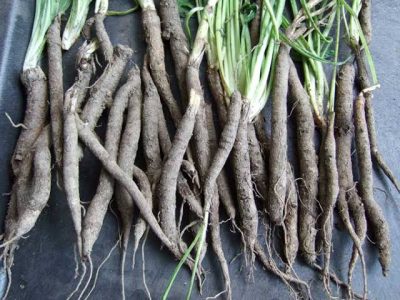 Pin
Pin 18. Mastic – A resin from the mastic tree, used in Greek and Middle Eastern foods, lending a flavor that’s pine-like and slightly sweet.
 Pin
Pin 19. Tonka Beans – They have a flavor akin to vanilla with hints of clove. They are banned in the US because they contain coumarin.
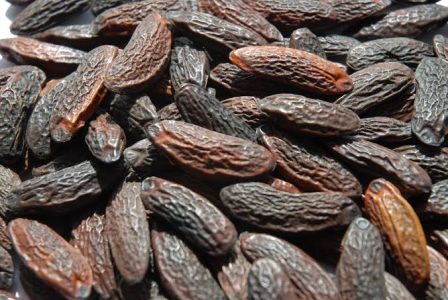 Pin
Pin 20. Salt Bush – Found in Australia, salt bush has salty leaves that are used in salads or as a seasoning.
 Pin
Pin 21. Angelica – Used in Northern European food and drink, it has a taste similar to celery and juniper.
 Pin
Pin 22. Pandan Leaves- They impart a unique aroma and are commonly used in Southeast Asian desserts.
 Pin
Pin 23. Salep – A flour made from orchid tubers, used in Middle Eastern desserts and drinks for a rich, creamy texture.
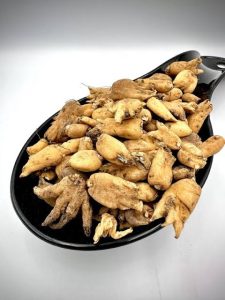 Pin
Pin 24. Dukkah – An Egyptian spice mix containing nuts and various seeds, it’s used as a dip and to season dishes.
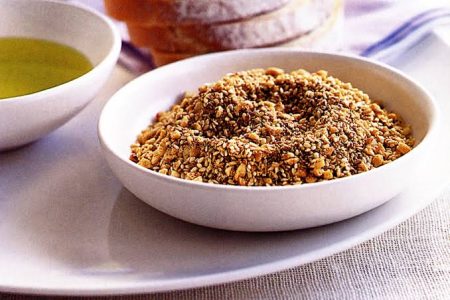 Pin
Pin 25. Verjus – A highly acidic juice made from unripe grapes often used in French cuisine as a milder alternative to vinegar or lemon juice.
 Pin
Pin 26. Epazote – A pungent herb used in Mexican and Central American cooking, it’s often added to beans for flavor and to reduce flatulence.
 Pin
Pin 27. Romanesco – An Italian vegetable that’s a variant of cauliflower with a nutty flavor, often overshadowed by its more common cousins.
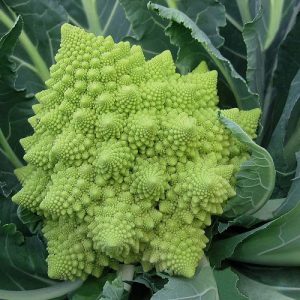 Pin
Pin Rediscovering these ingredients can unlock new flavors and enrich the culinary experience. Chefs and food enthusiasts are often looking to explore different tastes, and these forgotten ingredients offer a chance to bring novelty and tradition back to the table.
Frequently Asked Questions
Amchoor is dried mango powder used in Indian cuisine to impart a tart and citrusy flavor to dishes such as curries, chutneys, and marinades.
Mahlab is a spice made from ground cherry seeds, common in Middle Eastern pastries. It adds a sweet and nutty flavor to baked goods such as bread and cookies.
Grains of Paradise are seeds used in West African cuisine that offer a piquant taste with cardamom-like overtones. They’re often used in spice mixes and to season stews and meats.
Lovage is an herb tasting like celery, excellent for flavoring European soups, stews, and salads. It can also be used to season poultry and fish.
Kefir lime leaves offer a strong citrus flavor, particularly essential in Thai cuisine. They can be added to curry pastes, soups like Tom Yum, and rice dishes.
Salsify is a root vegetable tasting similar to artichoke hearts. You can boil, mash, sauté it, or use it in soups and stews.
Mastic is a resin providing a pine-like, sweet flavor. It’s used in Greek and Middle Eastern desserts, like ice cream and pastries, and sometimes in savory dishes.
Sorrel has a tangy, sour taste ideal for European and African cooking. Use it in salads, soups, sauces, or as a leafy vegetable.



























